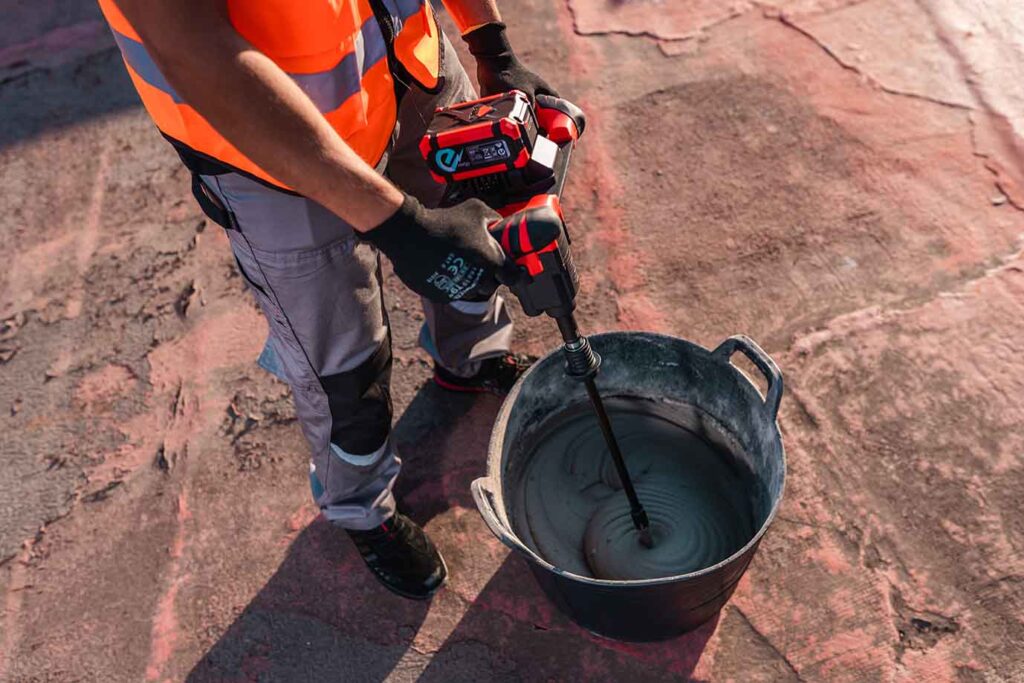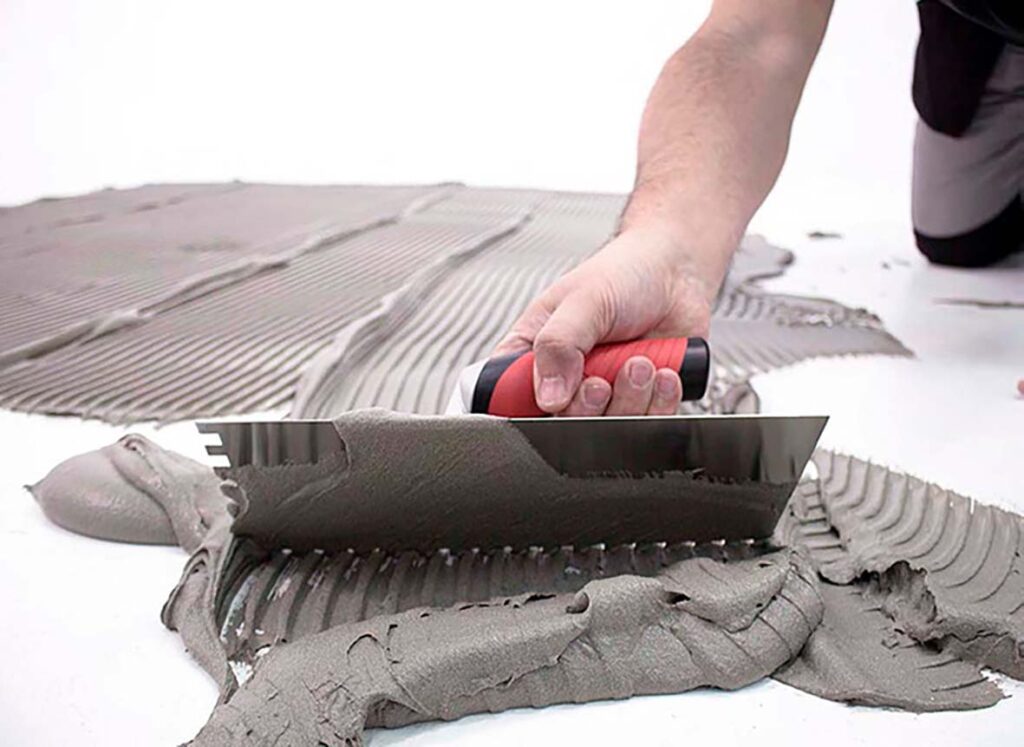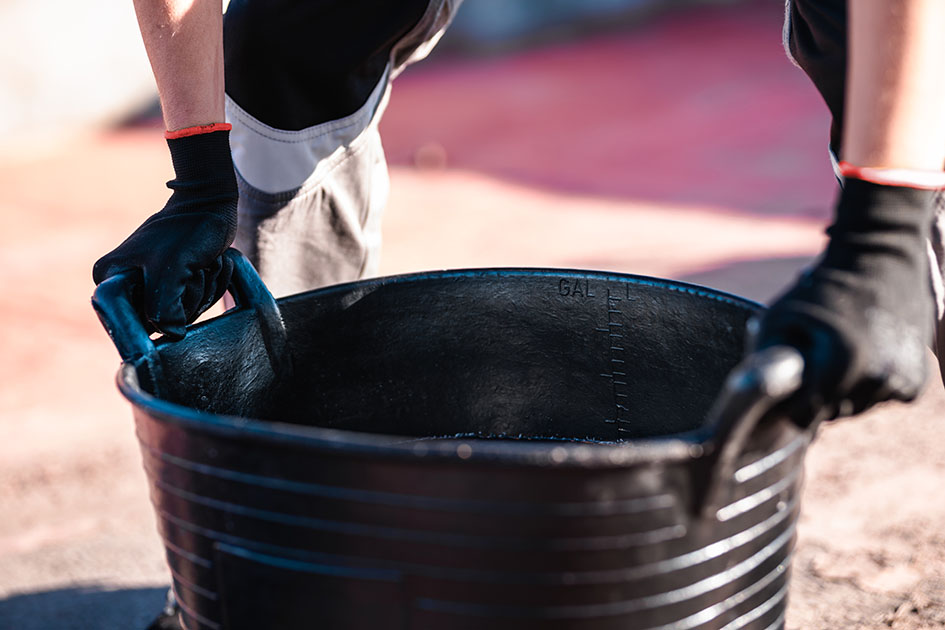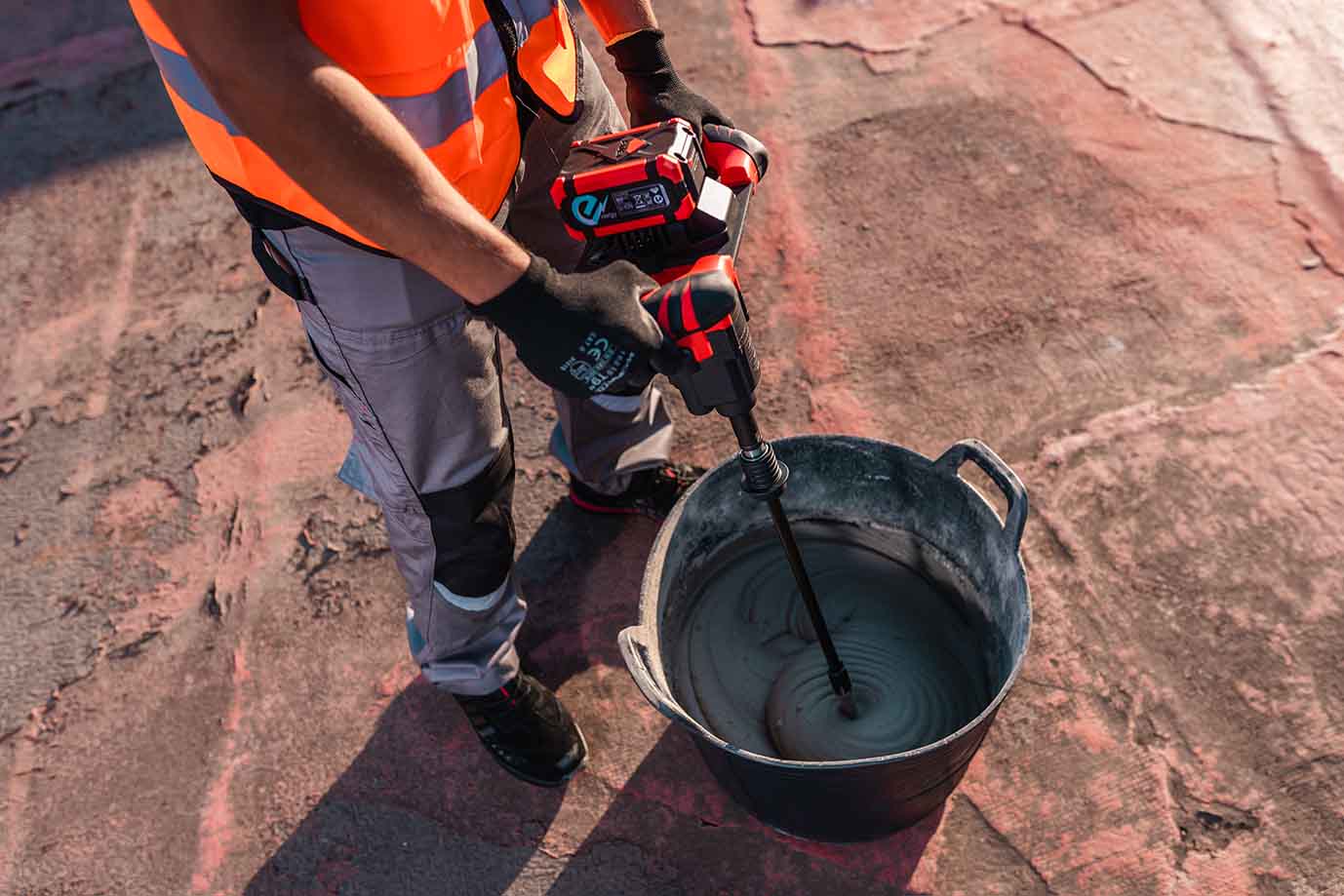The terms mortar and cement can be confusing when learning how to tile. Even for some professionals, it is sometimes difficult to explain the difference between mortar and cement.
Many people tend to define both materials as substances that are used in construction to harden a surface or used as an adhesive. Even though both terms are used interchangeably, they are two different materials with different properties and uses. Read on as we explain the differences between them.


THE BASIC DIFFERENCE BETWEEN THESE MATERIALS
THE CEMENT
Cement is a fine powder binder mixture that is never used alone, but as a component of mortar, grout or adhesives for tiling and landscaping.
It is used as a binding element in both concrete and mortar. It is usually made of limestone, clay, shells, and silica sand, with limestone being the most common ingredient. These materials are crushed and combined with other ingredients, such as iron ore, and then heated to high temperatures.
This is how the so-called Clinker is obtained, which is ground into a fine powder and packaged to be mixed into various cementitious construction materials such as mortar and concrete.

THE MORTAR
On the other hand, mortar is composed of cement, fine sand and limestone, and is usually used as an adhesive material when building with brick, stone or concrete blocks.
Water is also added to the mortar to activate the cement so that it hardens or sets.
Mortar is not as strong as concrete and is not often used as the only building material. Rather, it is the glue that holds bricks, cinder blocks, stone, or other masonry and construction materials together.
Mortar is typically sold in bags in a dry, pre-mixed form that must be mixed with water before use. It can also be mixed on site using a cement mixer or paddle mixer.
TYPES OF MORTARS
There are various types of mortar, each designed for specific applications. When working with bricks or other construction materials, it’s important to use the appropriate mortar for the material in question. Using a mortar that is too hard can cause it to crack when applied incorrectly.
Joint mortar is similar but typically doesn’t contain limestone. It has a higher water content, allowing it to flow easily and fill gaps between tiles.
However, because of its high water content, joint mortar is only suitable for filling spaces, not for bonding materials together.

UNDERSTANDING KEY DIFFERENCES BETWEEN MORTAR AND CEMENT
Now that we have covered both compounds, let’s see what the differences are.
COMPOSITION
The first difference between mortar and cement is composition. While cement is made of limestone, clay, shells, and silica sand, mortar is a mixture of cement and sand, which may contain additional ingredients depending on the type. Without cement you cannot make mortar.

STRENGTH AND DURABILITY
When comparing the strength and durability of mortar and cement, it’s important to recognise their distinct roles in construction.
Cement is significantly stronger than mortar, making it ideal for load-bearing structures such as foundations and concrete slabs. Mortar, on the other hand, is designed to be more flexible, allowing it to bond bricks, stones, and tiles while accommodating slight movements in a building without cracking.
While cement offers superior strength, mortar’s slightly weaker composition provides durability in situations where flexibility and adhesion are more critical.
APPLICATIONS
Another difference to note is that the mortar is used by itself either as “glue”to join bricks and concrete blocks or to fill joints. On the other hand, cement cannot be used alone. It is like flour in a cooking recipe, it is used to hold the rest of the materials together.
Now that you know the differences between mortar and cement, we recommend you read this article on the best adhesive to use for each type of tile.



Post a comment